From Sakura and Shrines to Malls and Meals
My Notes and Reflections from the springtime visit to Japan
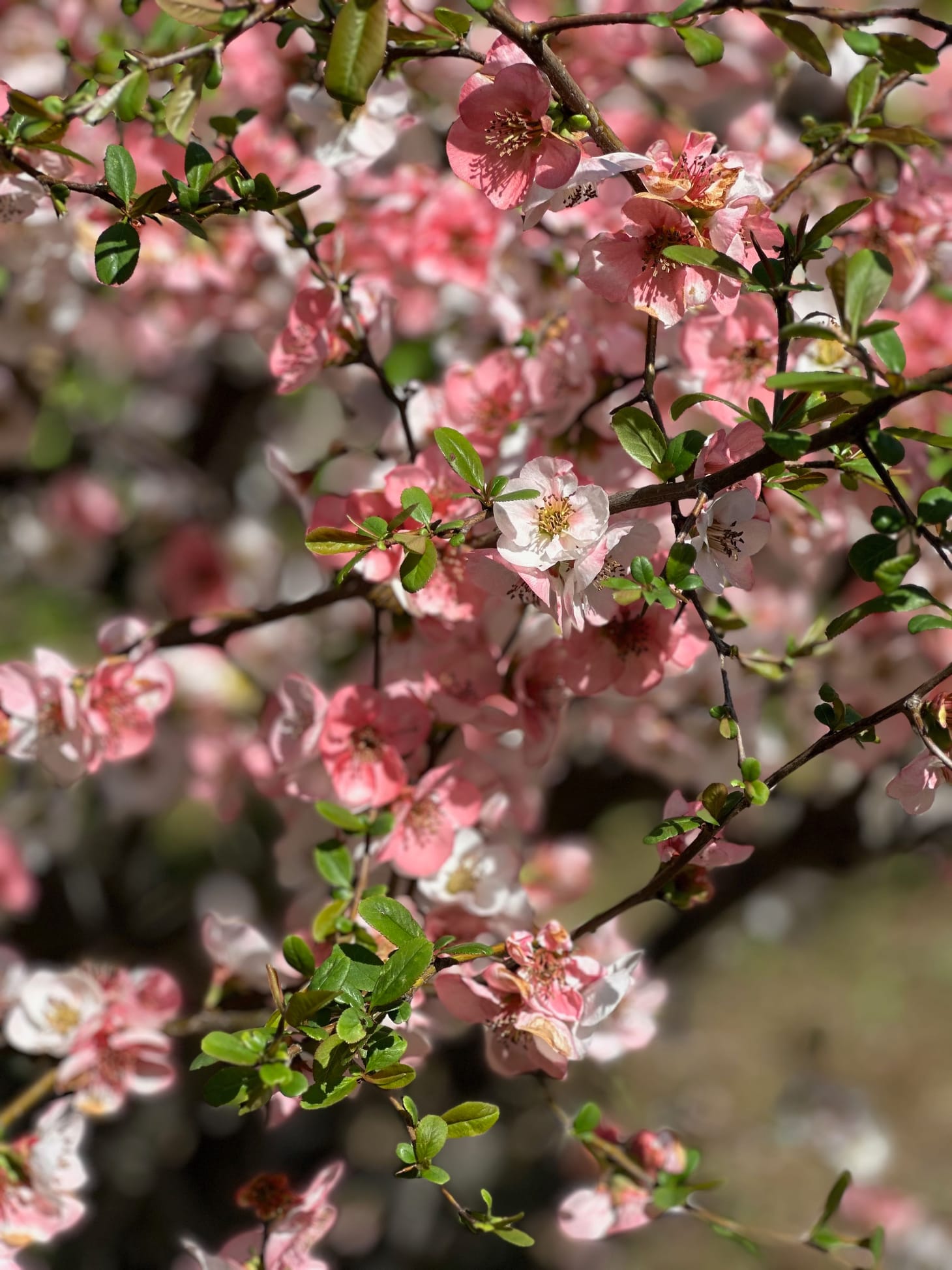
“Hey Dad, why are people so crazy about Sakura here?”
My son Agam asked. He and I were admiring a Sakura grove in full bloom in the courtyard of Kiyomizu Dera temple in Kyoto. He was referring to the throngs of onlookers taking photographs of and of themselves with Sakura trees.
Before I could answer, a lady with a beaming smile standing next to us piped, “Because they are pretty.”I smiled back at her and responded, “They are pretty, for sure.” However, her answer felt incomplete to me. I have seen cherry trees blossom in places known for them, like Washington DC. Before we left for Japan, there were already a few trees blossoming in our community park. In Japan, however, from Tokyo to Osaka, there is a different level of cheer and fervor for the colorful blossoms.
We saw youngsters clicking pictures of their favorite anime cards in front of an artificial Sakura display, at the top of a crowded Tokyo tower at 9 pm, on a Monday evening. Every business had some Sakura display in their front office. We encountered a street vendor with lip balms and lotions for 365 days from different types of Sakura. We ate Sakura-flavored candy and ice cream. There were photographers stationed around trees, zooming in and out on individual flowers. Entire families were getting photographed with, and young excited couples in shining kimonos were walking among blossoming trees. There were mass picnics happening everywhere under the blooming groves.
The Sakura phenomenon felt more than something provoked by pretty flowers. I saw it like a collective moment of cultural expression—loud, creative, and exuberant. Watching it, a question arose: how does a quiet and reserved culture manage a moment like that?
Isn’t this much social conformity hard to sustain?
The ceremonial bow, perhaps the most famous symbol of Japanese culture, was there to see soon after we landed in the country. The Haneda airport staff in Tokyo routed us to the passport queue with gentle bows.
The lady at the immigration counter took our passports with an ever so slight bow of the head. Every 10 seconds or so, she beamed an apologetic smile at us. Is she feeling bad about making us wait, I thought? 30 minutes later, when the currency exchange guy handed me yens for greenbacks neatly arrayed on a tray, standing up and with a bow, I was appropriately tuned into the Japanese social vibe.
Tokyo is crowded, but the crowds are harmonious. Rivers of people, with inscrutable expressions, flow orderly through the metro system during commuting hours. While the people seem inscrutable, they show attentiveness to your needs when you engage with them. Whenever we asked locals to take a picture, they did so with great interest. Often, the companions of the picture taker would join the activity and offer suggestions.
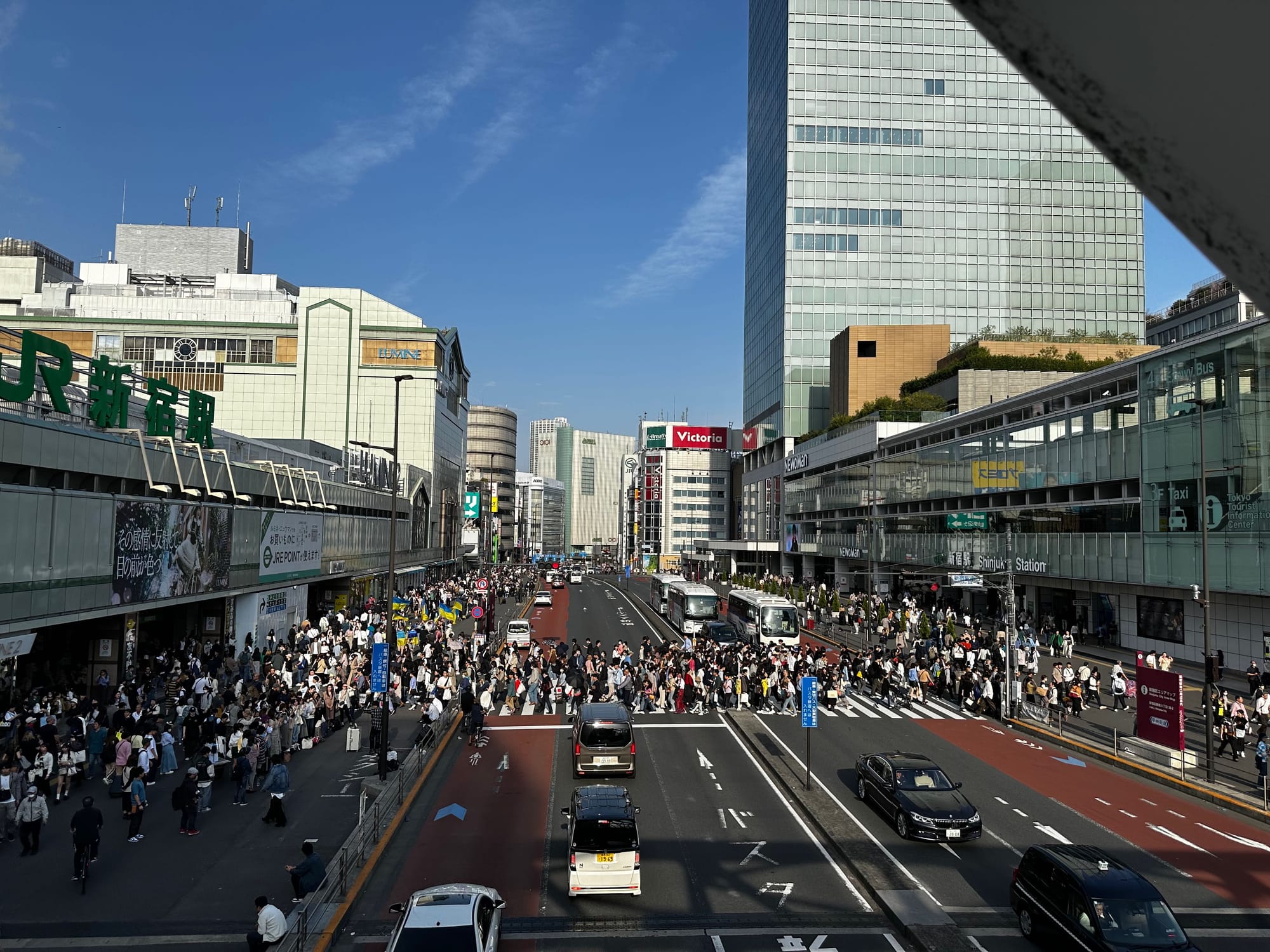
However, as we mingled further, I noticed a nuance to the social vibe. While the people are polite, respectful, and harmonious, the behaviors are performative at some level. The bow is a mechanical response to a social interaction. I discovered that the veneer of social restraint is thin and can rupture. Bothered by impatient foreigners on spring break, I saw street vendors and operators of tourist sites shed their niceness a few times.
This dichotomy, a public façade of social conformity that hides the peoples’ private selves, systematized in the norms, how does it sustain in a society at large? How and where do people express their real selves so things don’t boil over? What keeps the balance? I often found myself thinking about these questions early in our visit.
Sakura season is a cultural release valve
Perhaps the out-of-the-norm gaiety around the Sakura bloom is one of the cultural release valves, I thought. Maybe its transience unleashes a sense of urgency to enjoy its floral vibrancy, which is necessary after keeping the public façade of social restraint during cold and still winter. In that sense, it can be considered a natural ebb and flow of social norms that mirrors the ebb and flow of seasons.
The modern Japanese behaviors around Sakura are all rooted in a centuries old tradition called Hanami (花見). The two characters translate as flower viewing. The tradition goes beyond just the viewing, though.
As a society, Japan is considered relatively irreligious, i.e., there are no organized religions. Yet, it has deep spiritual concepts and practices. One of those concepts is “mono no aware”, embodied within Hanami, which translates to being aware of the impermanence of life. The fleeting nature of the cherry blossoms, which typically last only a week or two, reminds people to appreciate the present moment.
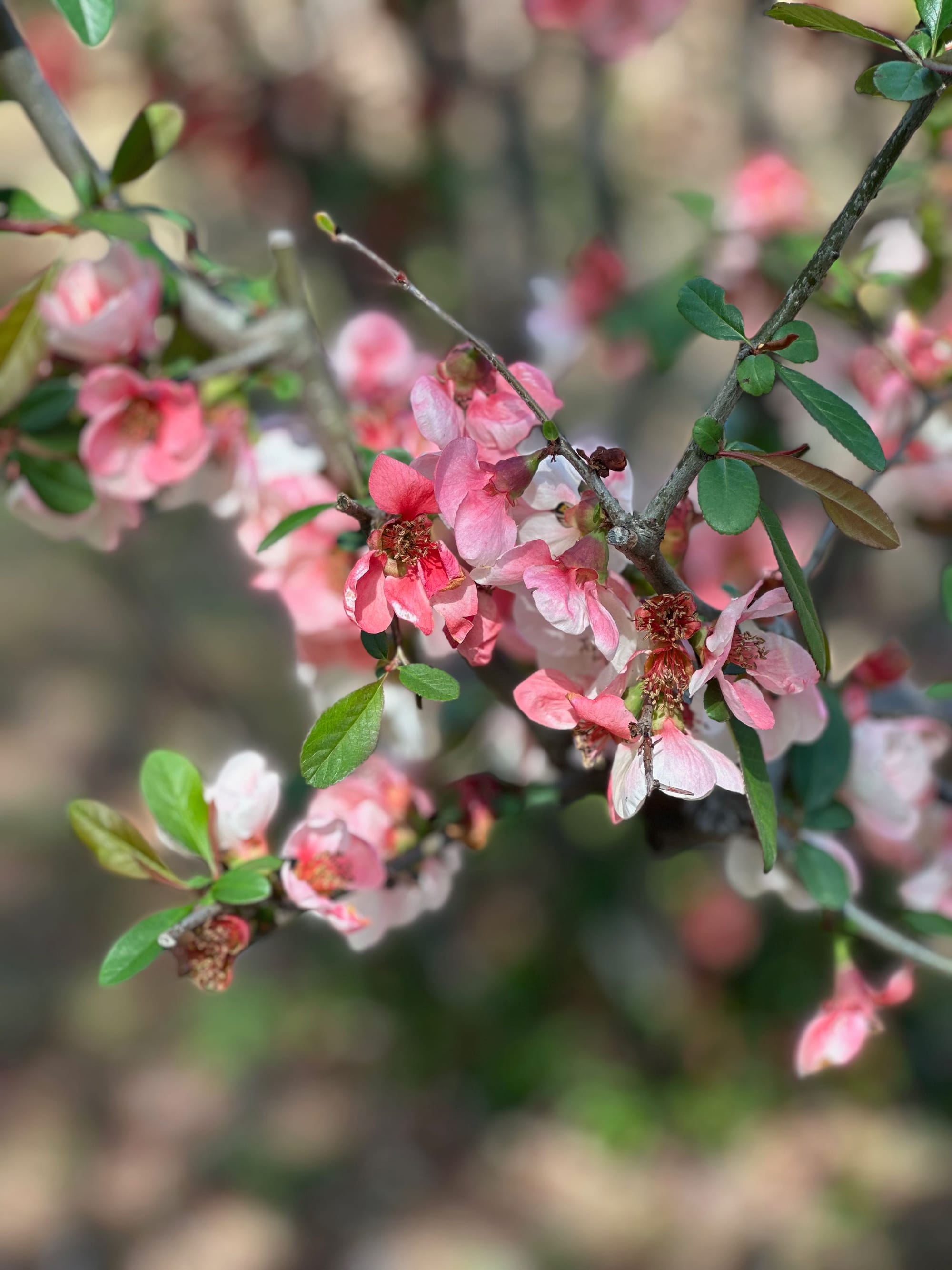
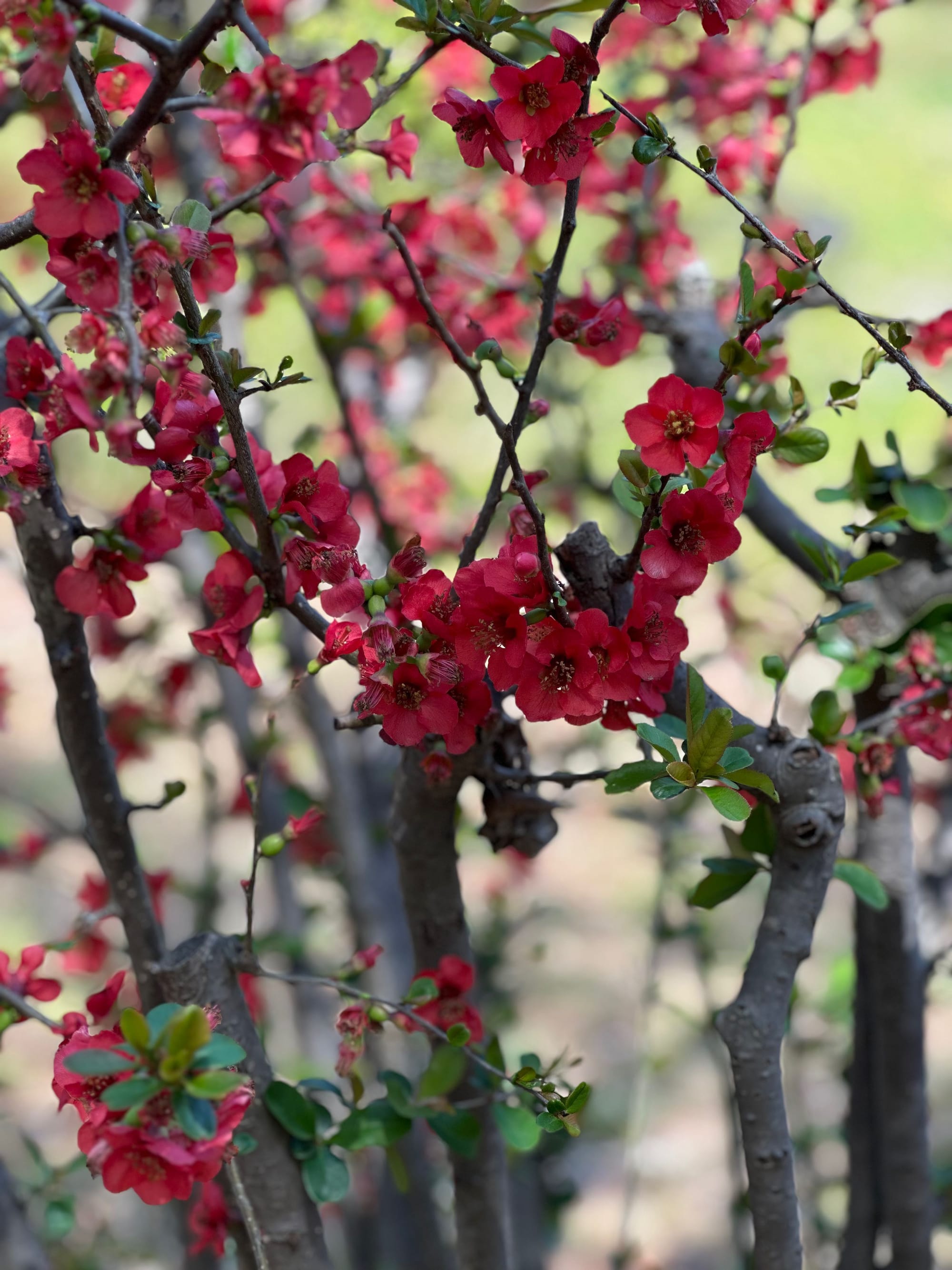
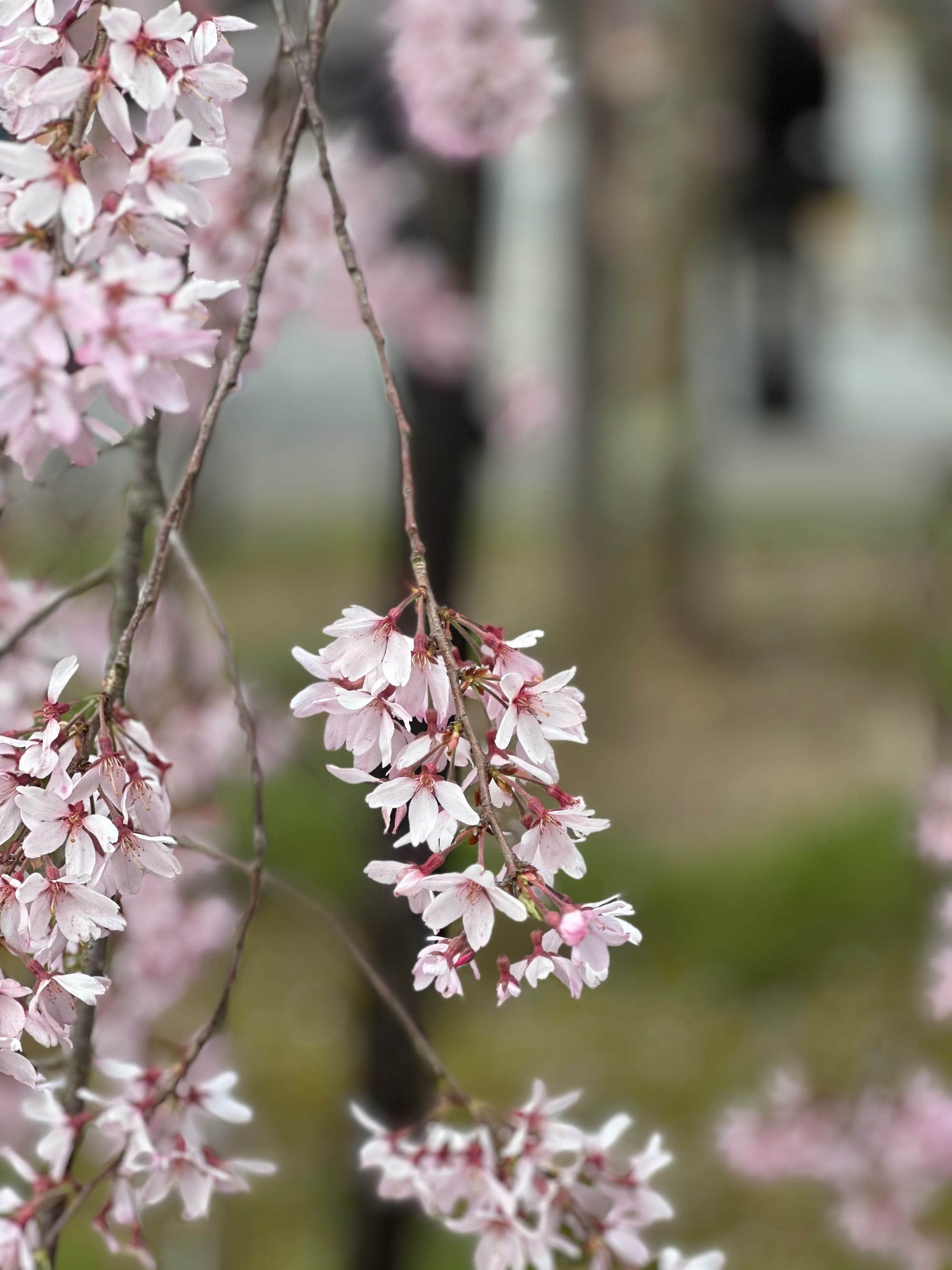
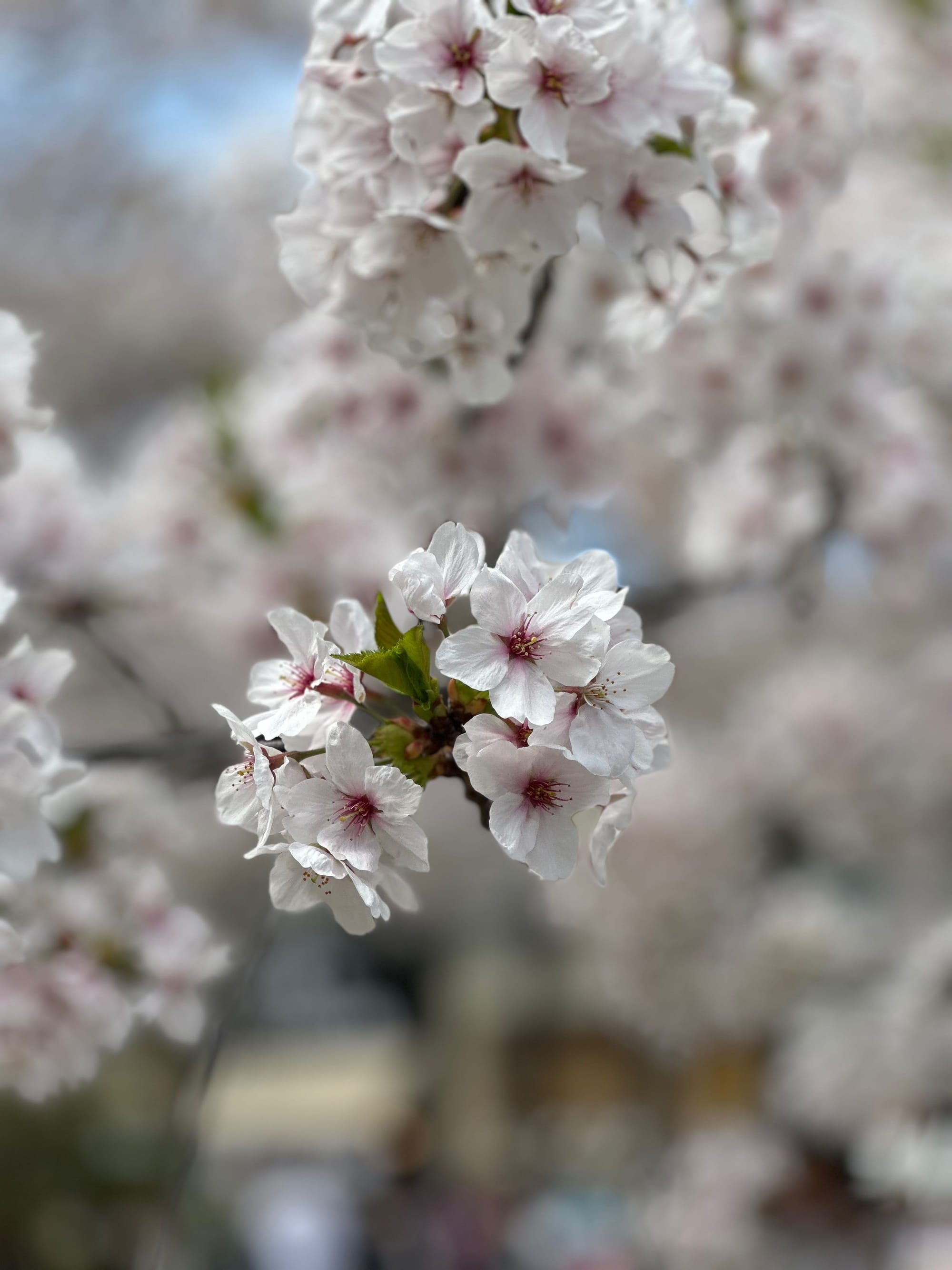
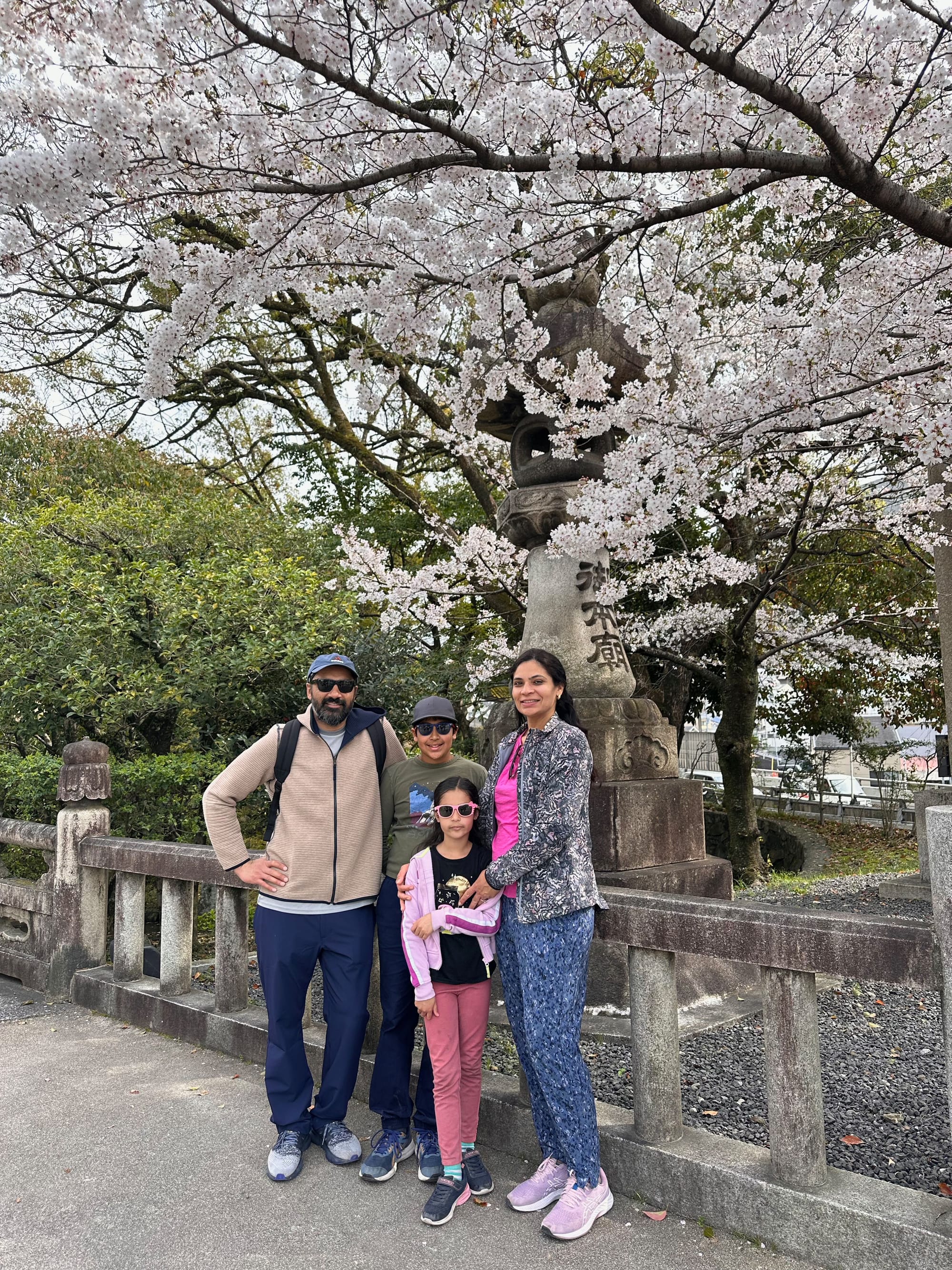
Sakura Sakura Everywhere
What else is the elaborate picture-taking of Sakura if not an attempt to appreciate the present moment? While we may have lost the innate ability to enjoy the present moment, we have gained gadgets to capture it for posterity.
The Japanese spiritual traditions provide a balance
I found it odd, at least initially, that in a society considered relatively irreligious, the major sightseeing destinations are places of worship.
They are of two distinct types: Shinto Shrines and Buddhist Temples. Shinto represents the indigenous tradition of Japanese spirituality, where objects of worship are known as Kami (神). Kami represents a myriad of deities, spirits, natural phenomena, even humans who became kami-like after death. Temples follow Buddhist traditions. It’s worth noting that Shintoism and Buddhism have coexisted and coevolved in Japan for a long time. So, the practices, beliefs, rituals, and values across shrines and temples are blended.
Take, for example, the theme of renewal and rebirth. While it aligns with Buddhist teachings on the cycles of life, death, and rebirth, it was there to see at every shrine and temple. Related to this, consider the emphasis within the Shinto tradition on building a connection with nature, which is an element reflected everywhere in Japanese places of worship.
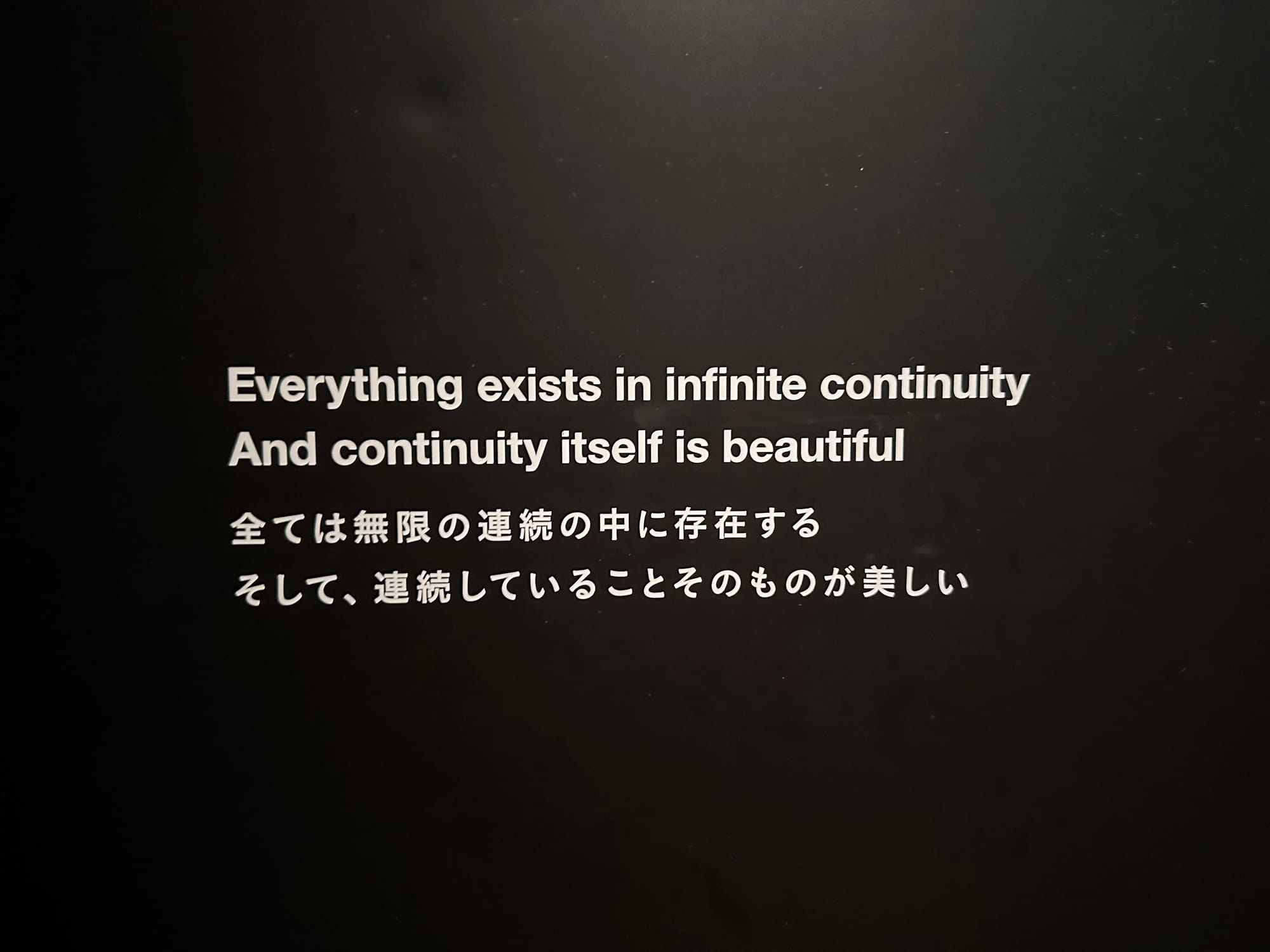
Hanami picks up on that deep connection with nature. That’s where the modern behavior of picnicking under the Sakura groves comes from. Like the renewal that spring brings after a winter, Hanami offers a time for personal reflection and setting new intentions for the future.
The shrine and temples create communal harmony
Hanami is the reason that the Japanese shrines and temples are buzzing with springtime crowds, including many locals. The crowds follow the typical norm of social restraint, elevating the spiritual vibe of each place by a vibe of communal harmony.
We loved visiting the Sensoji Shrine in the Asakusa district of Tokyo. Despite the crowds, the place had a surreal quietness. Meiji Jingu Shrine in Shibuya district, dedicated to former Emperor Meiji and Empress Shoken, who modernized Japan, is an impressive place and an intriguing experience. However, it was difficult to grasp why people would worship an emperor like a deity.
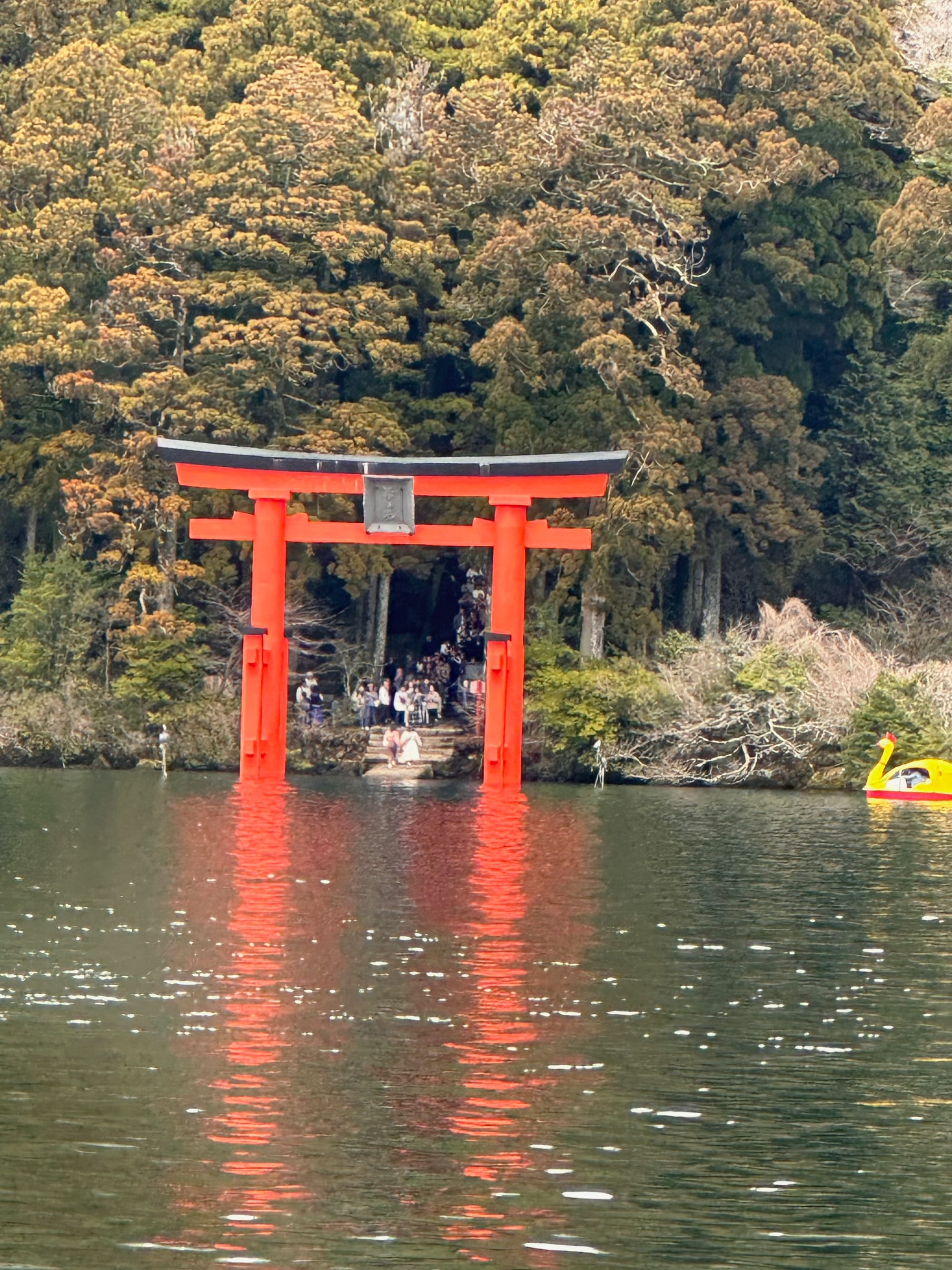
A common sight at shrines in Shinto tradition is a vermilion colored Tori gate. Symbolizing a transition from the mundane world to the sacred, it consists of two vertical pillars topped by a pair of horizontal crossbars, the uppermost of which curves upwards. Fushimi Inari shrine in Kyoto has 10,000 such Tori gates that lead to the temple at the Mt. Inari summit.
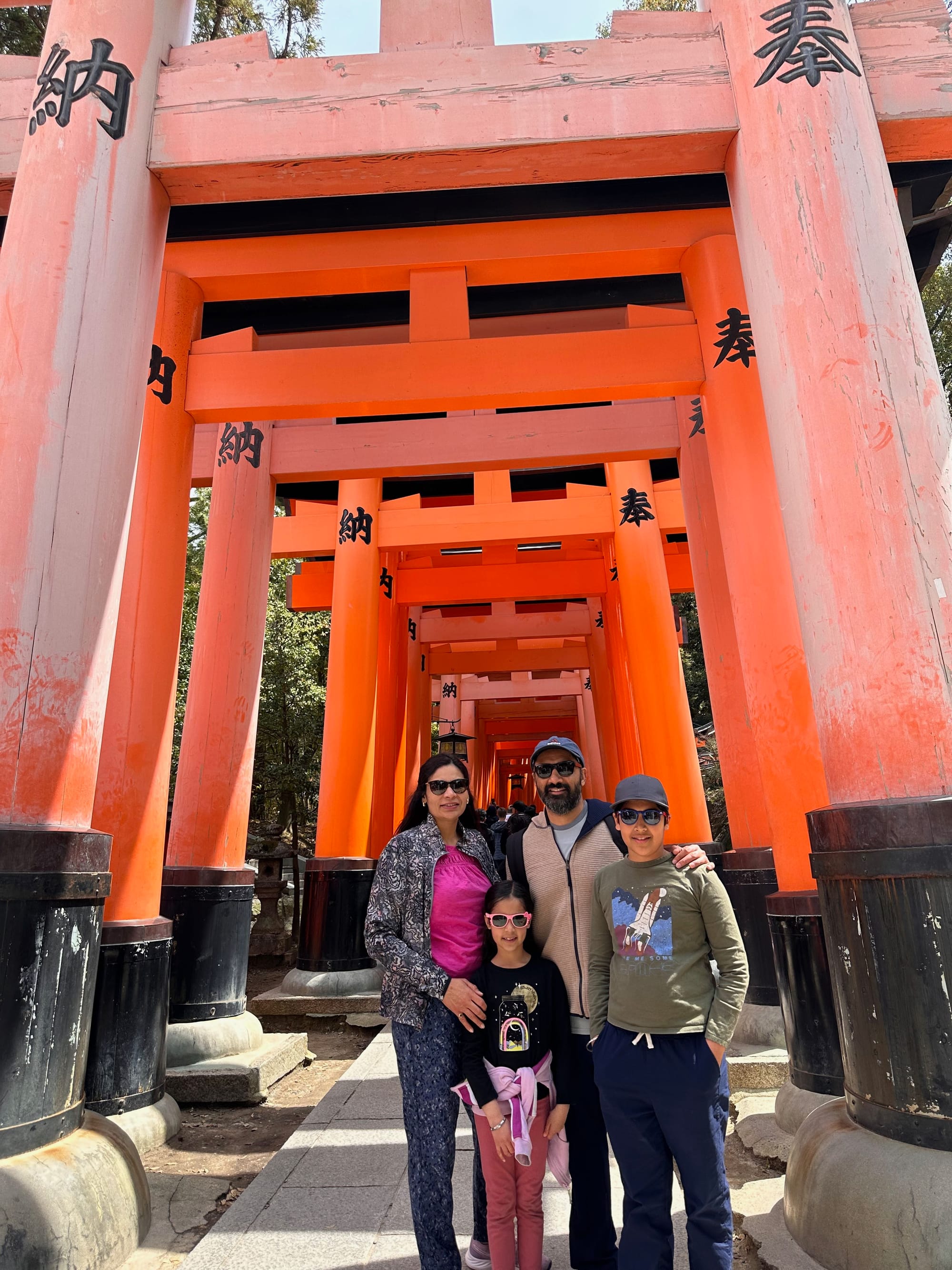
Nowhere else does Hanami amplify the visit experience more than the one available at Kiyomizu dera. The approach to the temple is along the steep and busy lanes of the Higashiyama district in Kyoto. It is a Buddhist temple that also has a Shinto shrine. Its wooden stage juts out above the hillside and provides wonderful views of cherry and maple blossoms below.

Kiyomizu dera’s shrine is dedicated to the deity of love and matchmaking. So you see many couples in rented kimonos walking around in a ridiculous gait. Even though a Kimono makes people look colorful and vibrant, the wrap reduces the degrees of freedom for the legs and the thick slippers make people drag their feet.
The approach to Japanese shrines and temples has the same feel as that of temples in India. Street vendors line up the streets in and around to hawk goods and snacks to the visitors. Whether it is Nakamise-dori near Asakusa, Takeshita-dori near Meiji, or Nannenzaka and Sannenzaka near Kiyomizu dera, the surrounding streets are a bonafide part of the shrine and temple experience.
Wandering through these streets, you can’t help but admire how the Japanese are financing tradition with commerce, and vice versa.
“Shops and Restaurants” provide another release valve
While places of worship showcase the importance of spiritual tradition for the Japanese, their places of consumption show a certain pride in consumerism. Tokyo and Osaka have many malls. They are in office buildings, train stations, sometimes in buildings right next to each other.
The most ubiquitous signage inside the buildings is for guiding walkers towards “Shops and Restaurants”. Maybe it was so because we were there during Sakura season—I never found the shops and restaurants short of patrons. People come for the food and stay back for shopping, and vice versa. Malls might be dying in the US, but in Japan, they appear to be thriving.
Our hosts in Tokyo, my wife’s cousin and her family, shared an observation that people tend to hang in groups, mostly outside their homes, in bars and public parks. The small house and apartment living isn’t conducive to socialization at home. The HGTV home buyer spiel of “we like to entertain” isn’t for the Japanese. The office-going life and long days with crowded metro commutes are good allies for the consumption culture. While we were in Tokyo and Osaka, we found ourselves rubbing shoulders with office goers every day at dinner.
I don’t think the Japanese consumer ethos is just due to the constraints of the city life. People seem to take a certain pride in expressing themselves through their sartorial choices. You hardly notice any frumpiness on the streets. From office-goers to students, from young to the old, everyone is well-dressed. I felt under-dressed in my T-shirts, athletics lowers, and sneakers, especially in Tokyo. That Japan is known for setting and following fashion trends isn’t difficult to believe, once you see the average Japanese on the streets. No wonder there were many well-staffed fashion stores in every mall.
Maybe the expression of clothing choice serves as the yin to the yang of the onerous social conformity. And perhaps the craftsmanship and creative handiwork as well, when it comes to food and snacks.
The Foodcraft as Soulcraft
The food looks exquisite and fresh wherever you go. What all can you make with mochi and sweet red bean paste? It turns out a lot for Japanese street snacks. Matcha was a revelation for me, no bitterness like you experience elsewhere, just a sweet and savory umami flavor.
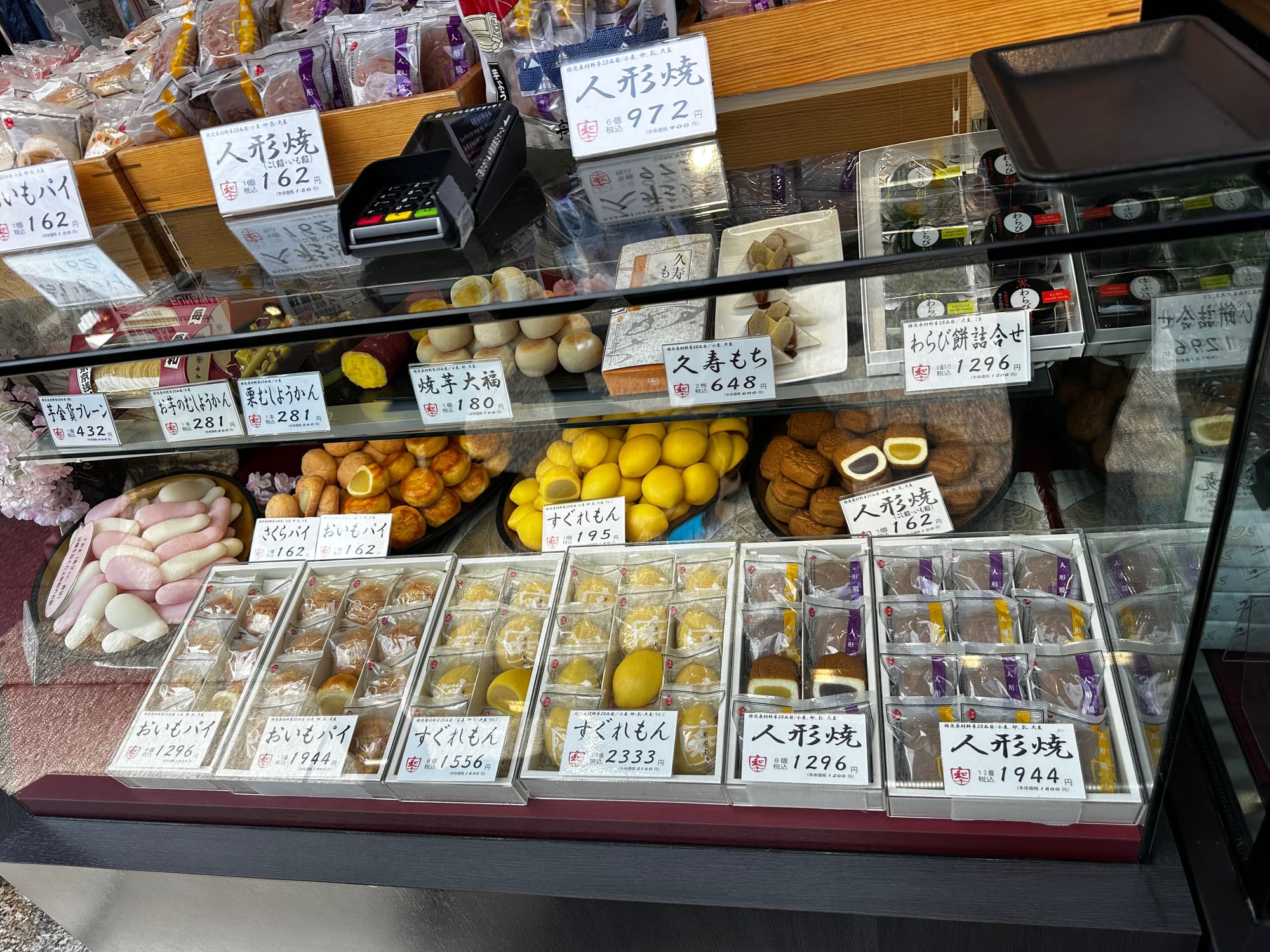
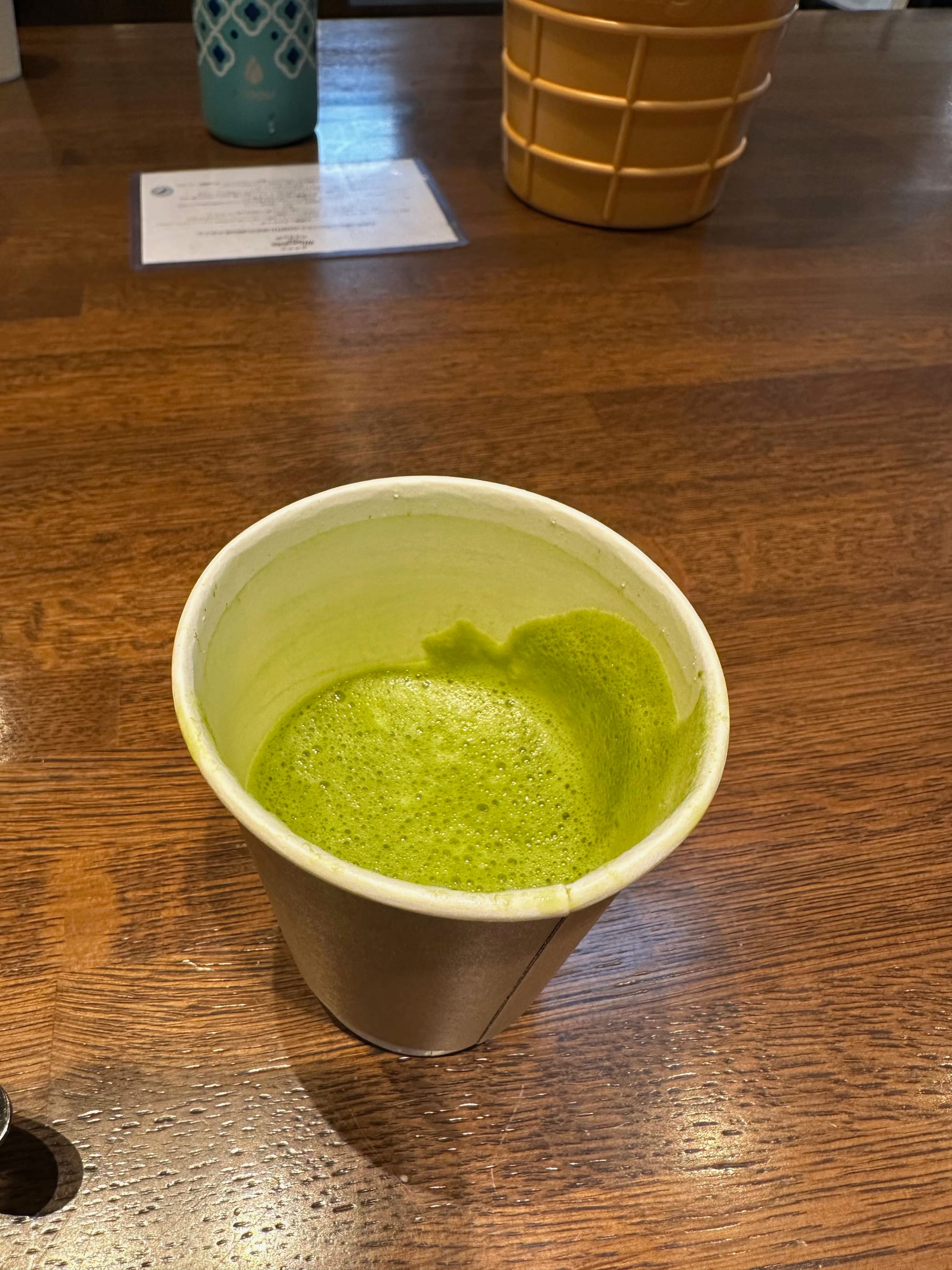
Mochi and Matcha
Sushi is a more well-traveled artifact of Japanese cuisine. However, after visiting Japan, I don’t believe it is the best thing about Japanese cuisine. It tasted a bit drier than what you find in the US. It could be that is how it is supposed to taste, and America doctors it with farmed fish and fatty sauces.
There were a few meals that stood out. One was Okazuke for breakfast. Rice, veggies, fish, and condiments in green tea sounds ho-hum, but when mixed up, they tasted delightful. An Obanzai meal in the Ponto-Cho alley of Kyoto was outright sensational. For food to be considered Obanzai, at least half of its ingredients must be produced or processed in Kyoto. While the ordering experience was tedious due to language issues, we quickly forget once the food arrived. A Teppanyaki lunch at Dotonbori Street, where you combine cabbage, meat, seafood, toppings and sauces on a grill, to make various pancake dishes, turned out way better than we expected.
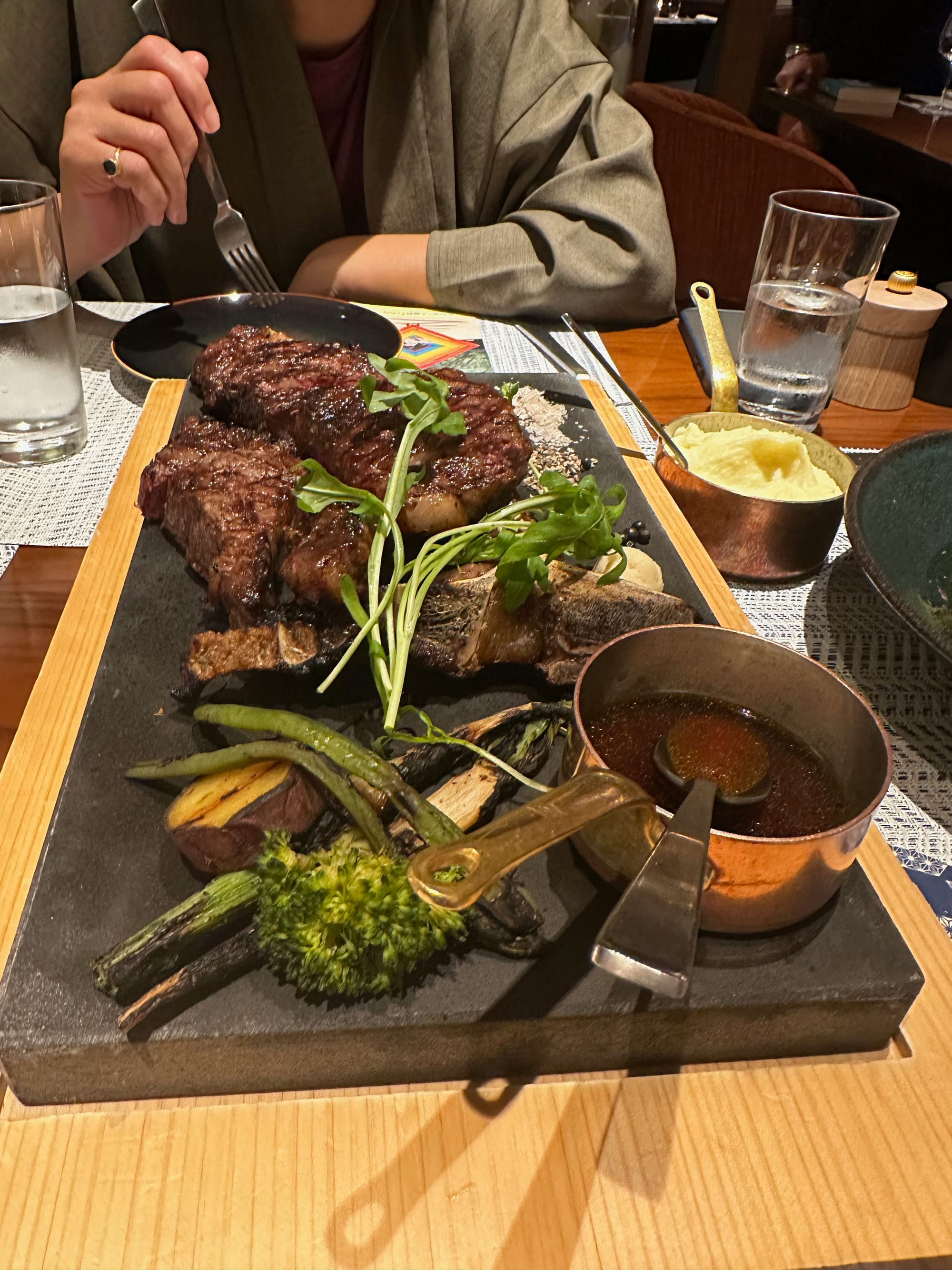
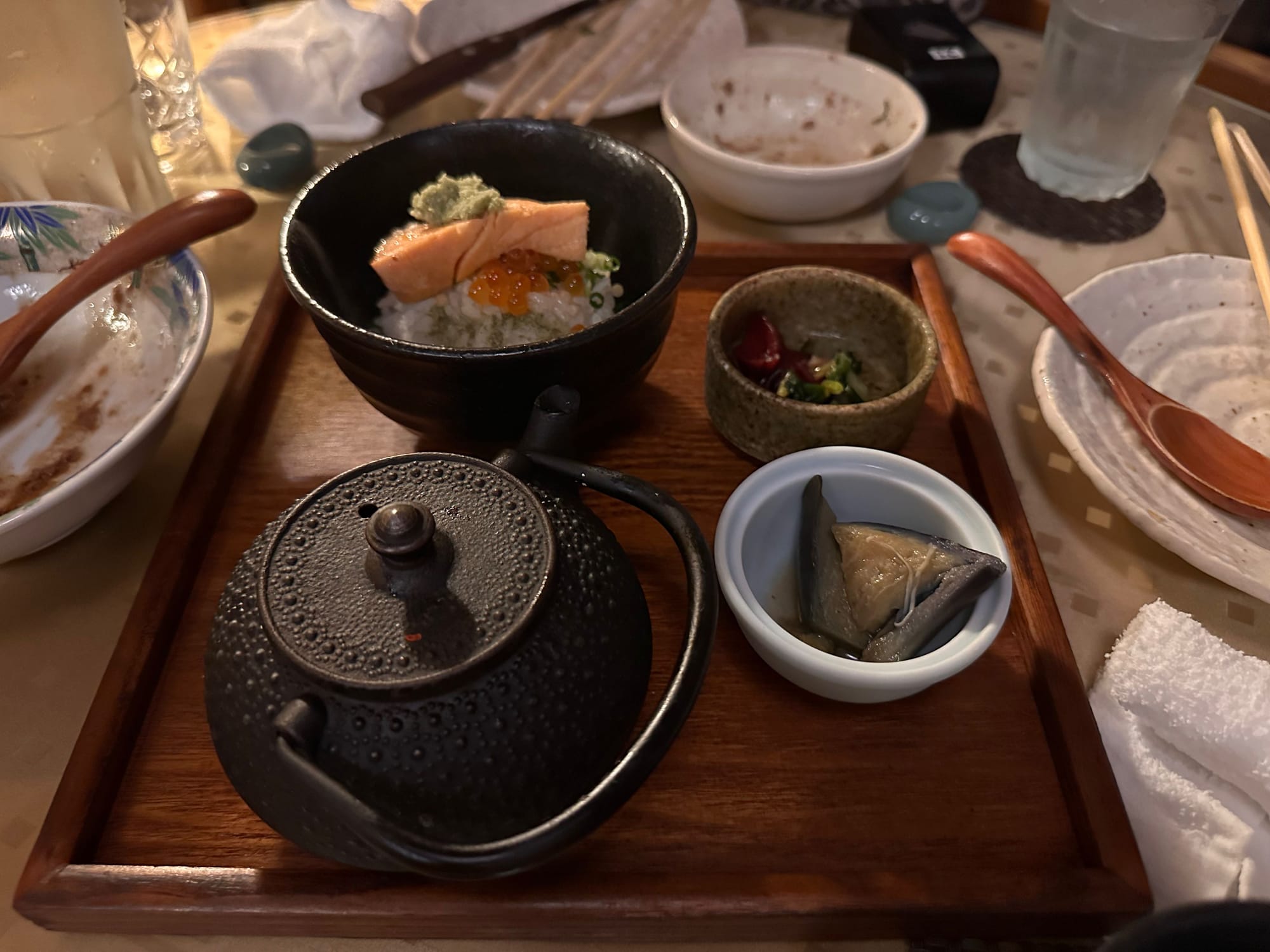
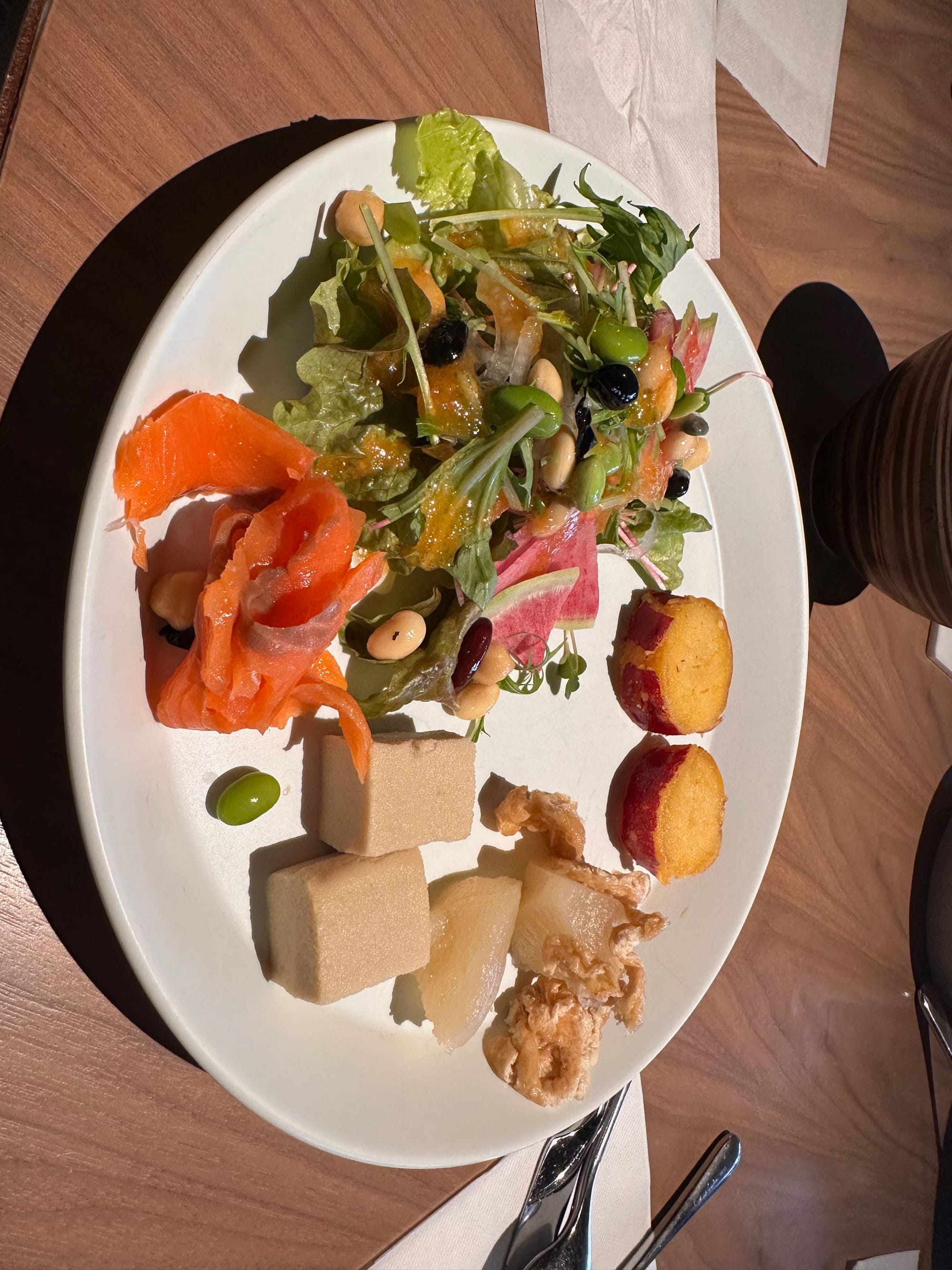
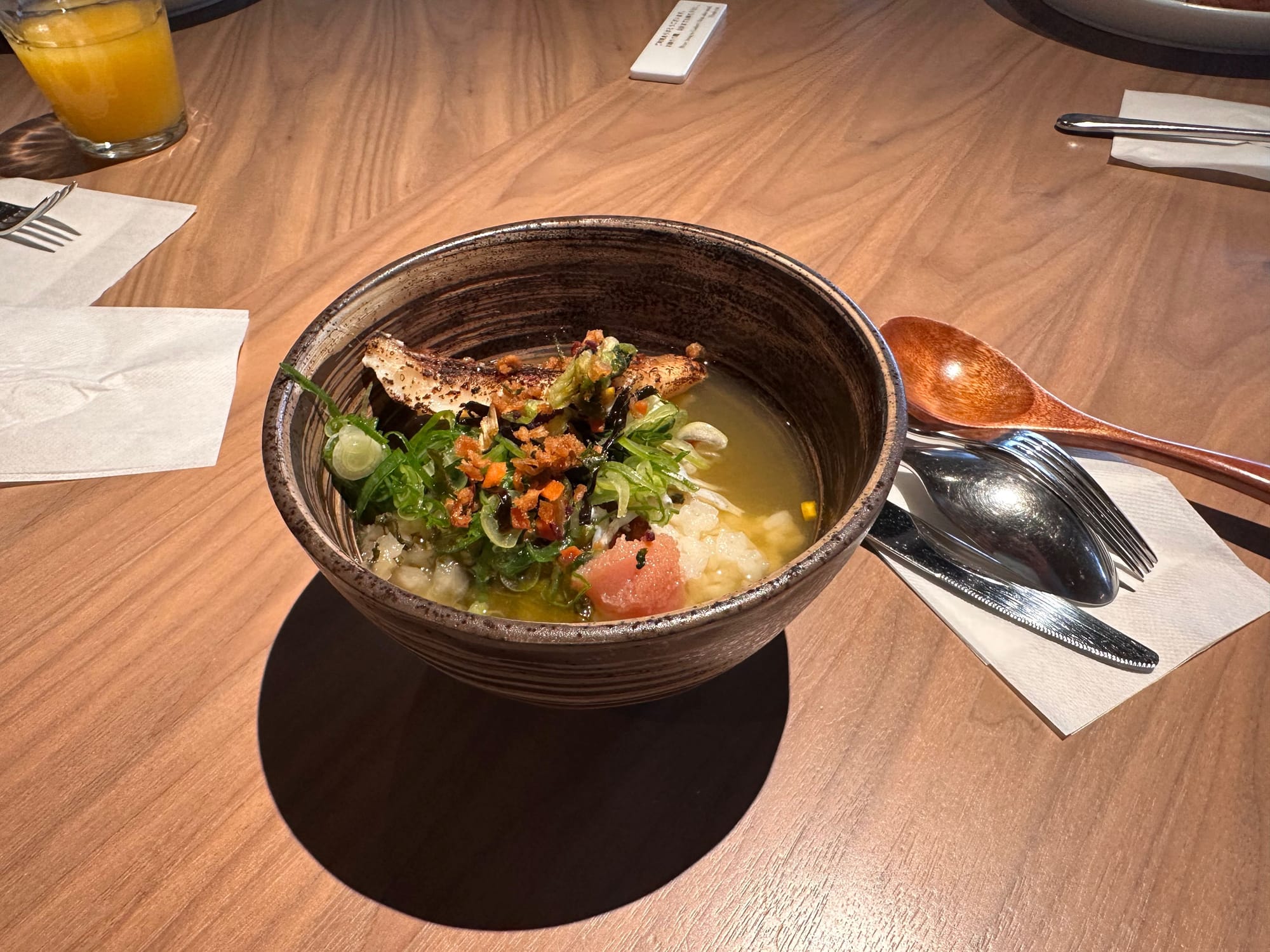
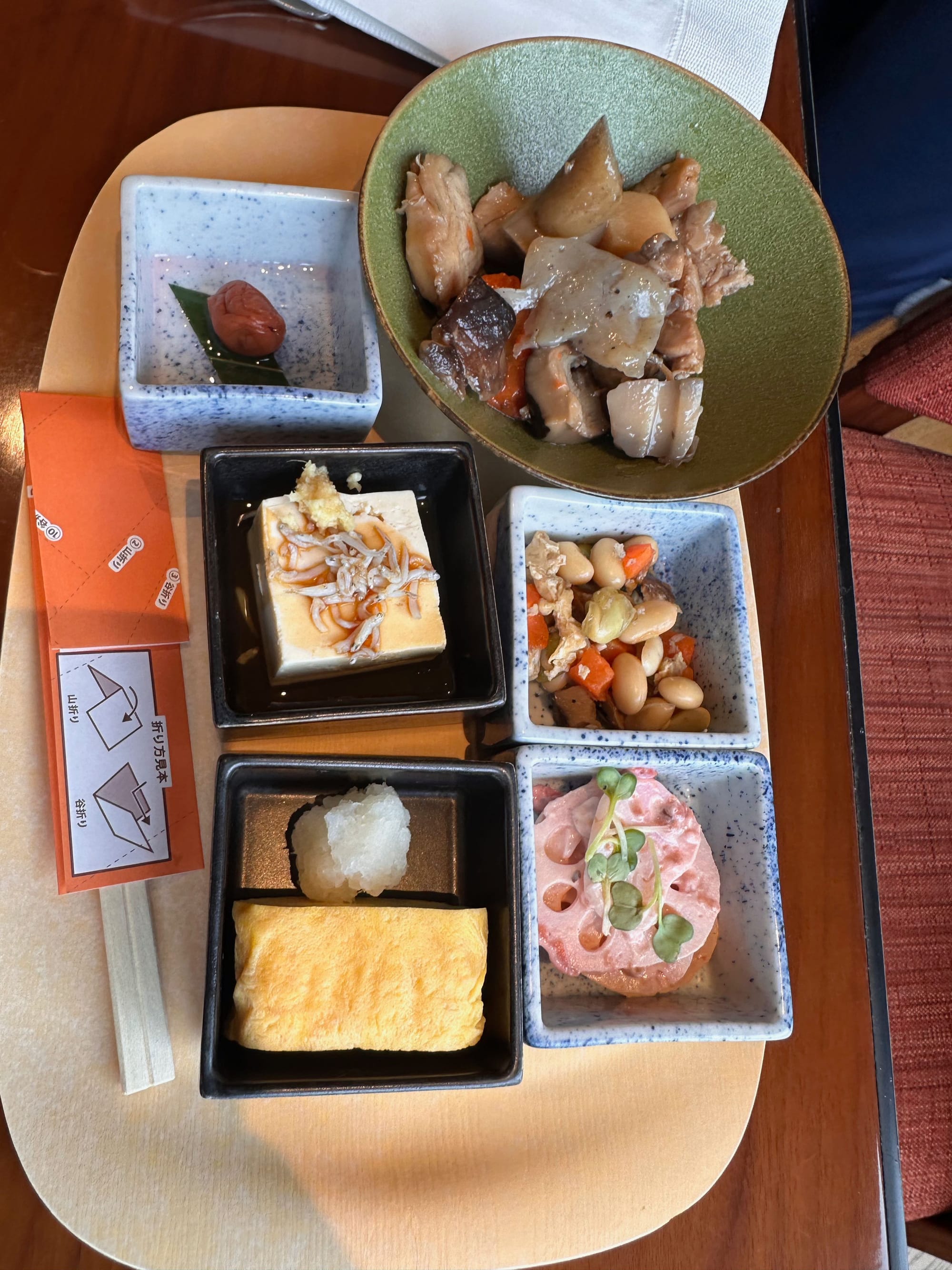
Food as a Craft - Exquisite and Delicious
My best memory of pride of ownership and dedication to the craft of food is from a pizza place. After arriving late in Kyoto from Hakone, we went to eat late at a place called Goichi Pizza. At 10 pm, the place was buzzing, mostly with tourists, as you would expect at a pizza place in Japan.
The owner was a force of nature. He was baking pizzas and playing the accordion for the patrons during breaks. He was coming up to every table and asking if people had a good time. When my sleepy daughter Suhavi climbed into her mom’s lap, he stopped by to check if she was alright. The staff was prompt and empowered. Everything about that place that night had social conformity. Yet, it wasn’t dull. It had a special energy that energized weary travelers.
Two days before heading back, it clarified for me how the Japanese social vibe keeps its balance.
Social Conformity maybe hard, but it is wonderful to be a part of
Our last day in Japan was the day of maximum Sakura bloom. It was beautiful sunny day and we visited the Osaka Castle. There were picnics everywhere on the grounds of the castle. It seemed like everyone was out to make the most of the Hanami season.
That morning offered a beautiful contrast to a dull and cool first evening in Tokyo. That day, after dinner, I went for a walk with our host near their house in Nishi-Kasai. He pointed to the Sakura trees along our path and how they were late in blooming that year. I was a tad concerned if we would get the best experience for our trip.
It warmed up after that evening, and the trees erupted everywhere around us in the next 3–4 days. The blossoms were very pretty, arrestingly so, just as that lady in Kiyomizu dera courtyard had said. But for me, they also provided a wonderful and engaging backdrop for immersing myself in Japanese culture.
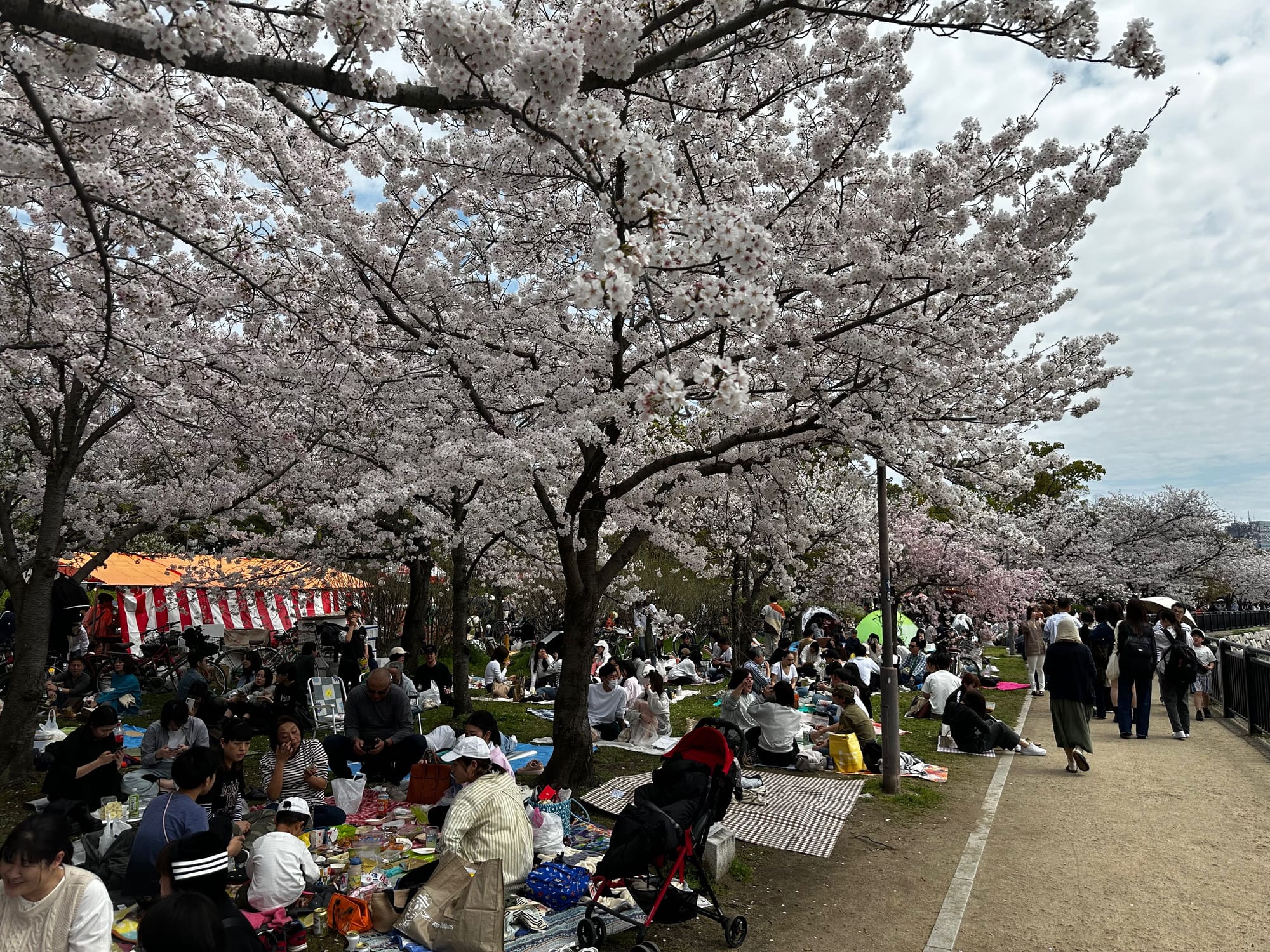
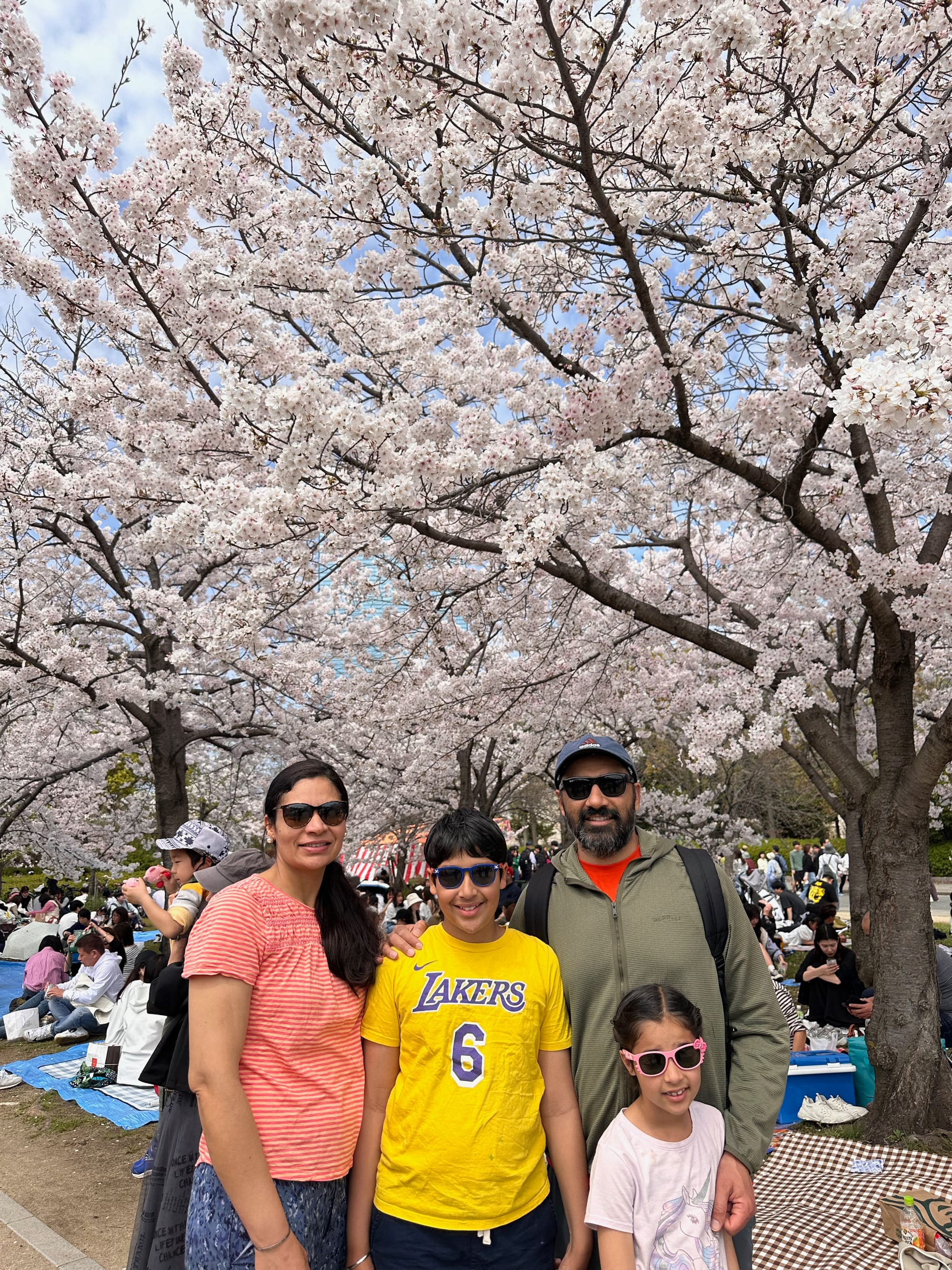
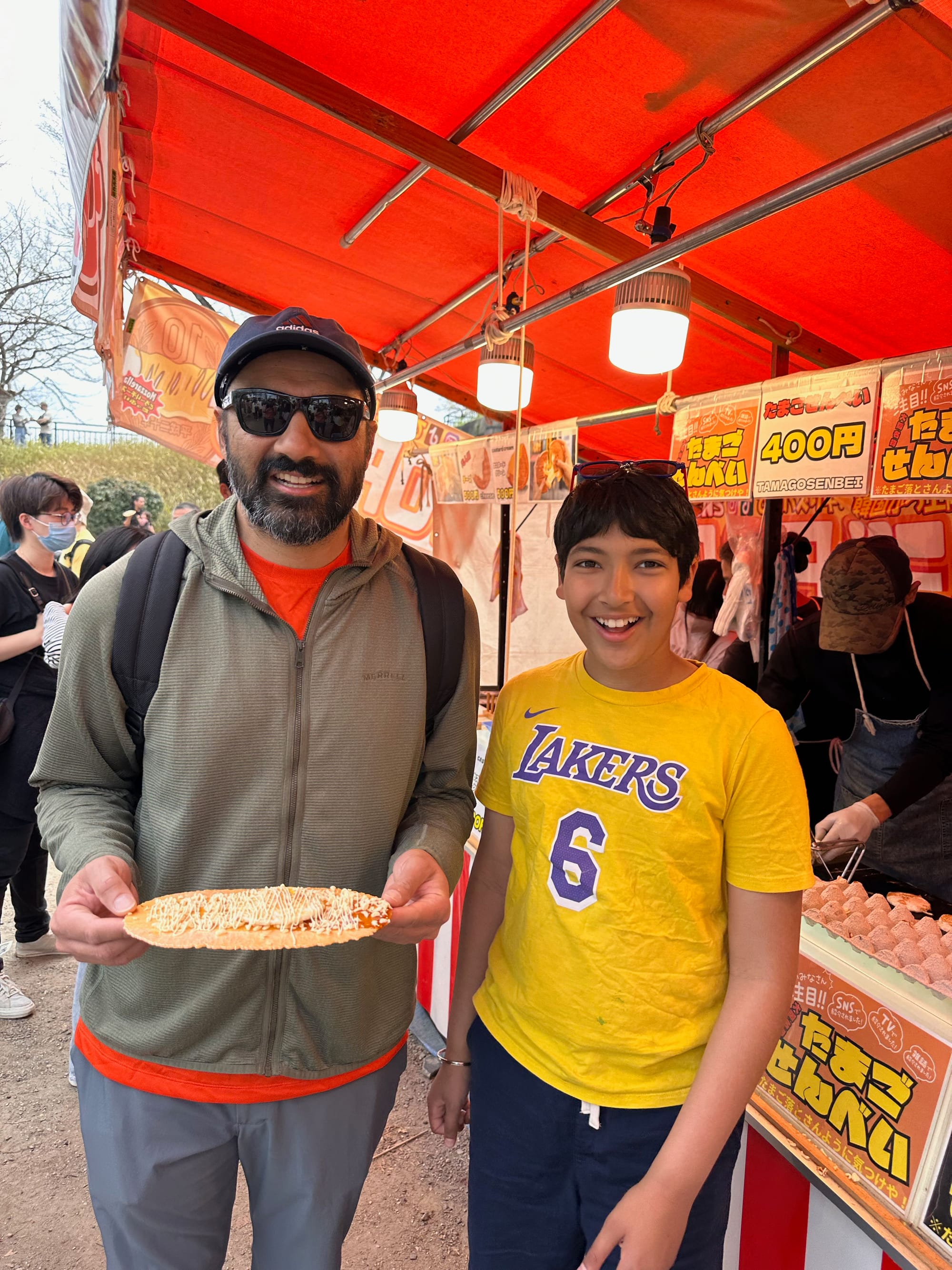
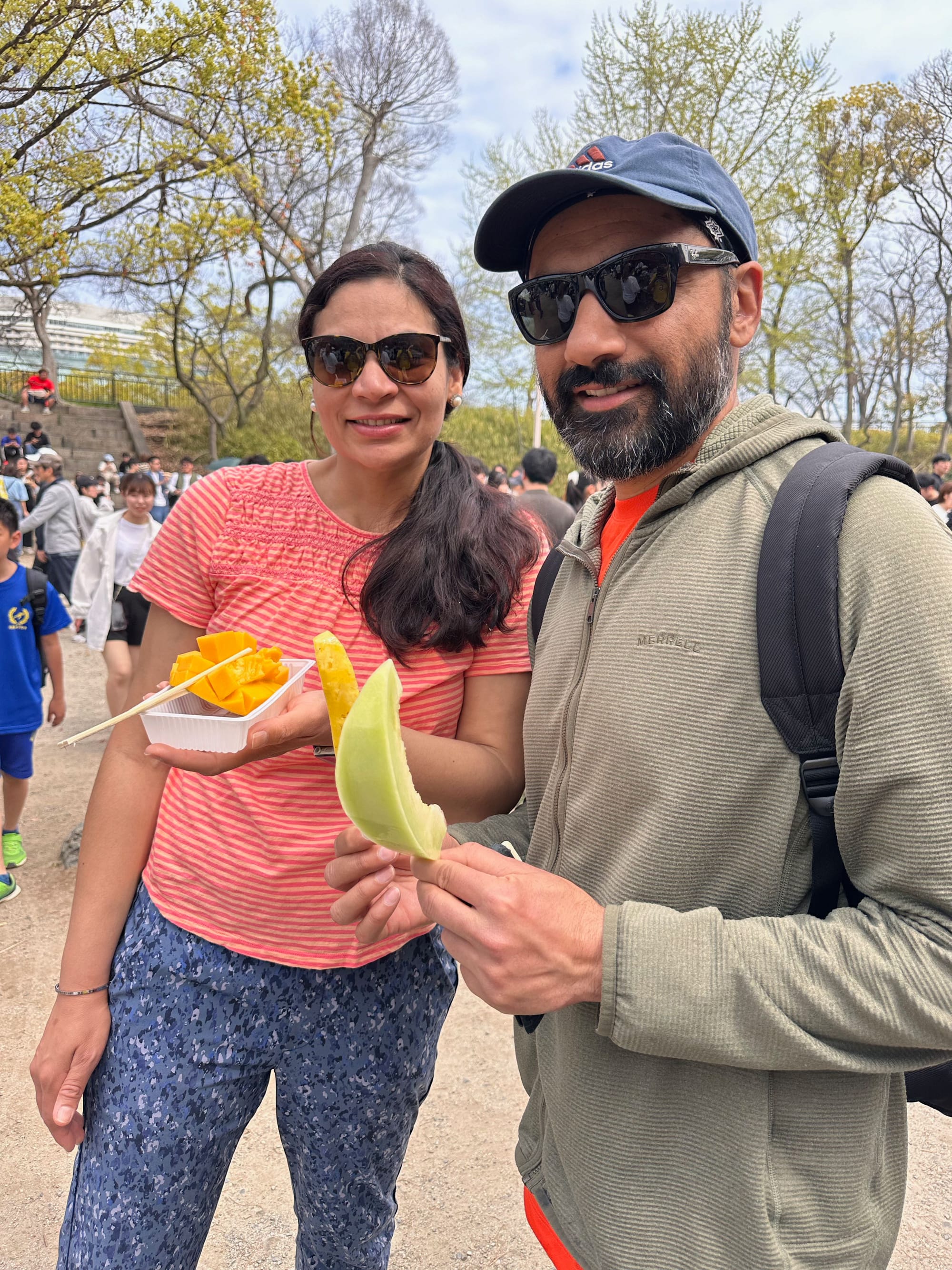
And, on that last day in Osaka, rubbing shoulders with the locals on their picnics, eating street snacks with them and my family, I just felt grateful for the whole experience. I wasn’t getting any more questions in my mind. Or, perhaps, they stopped mattering in the harmonious conformity of that afternoon.
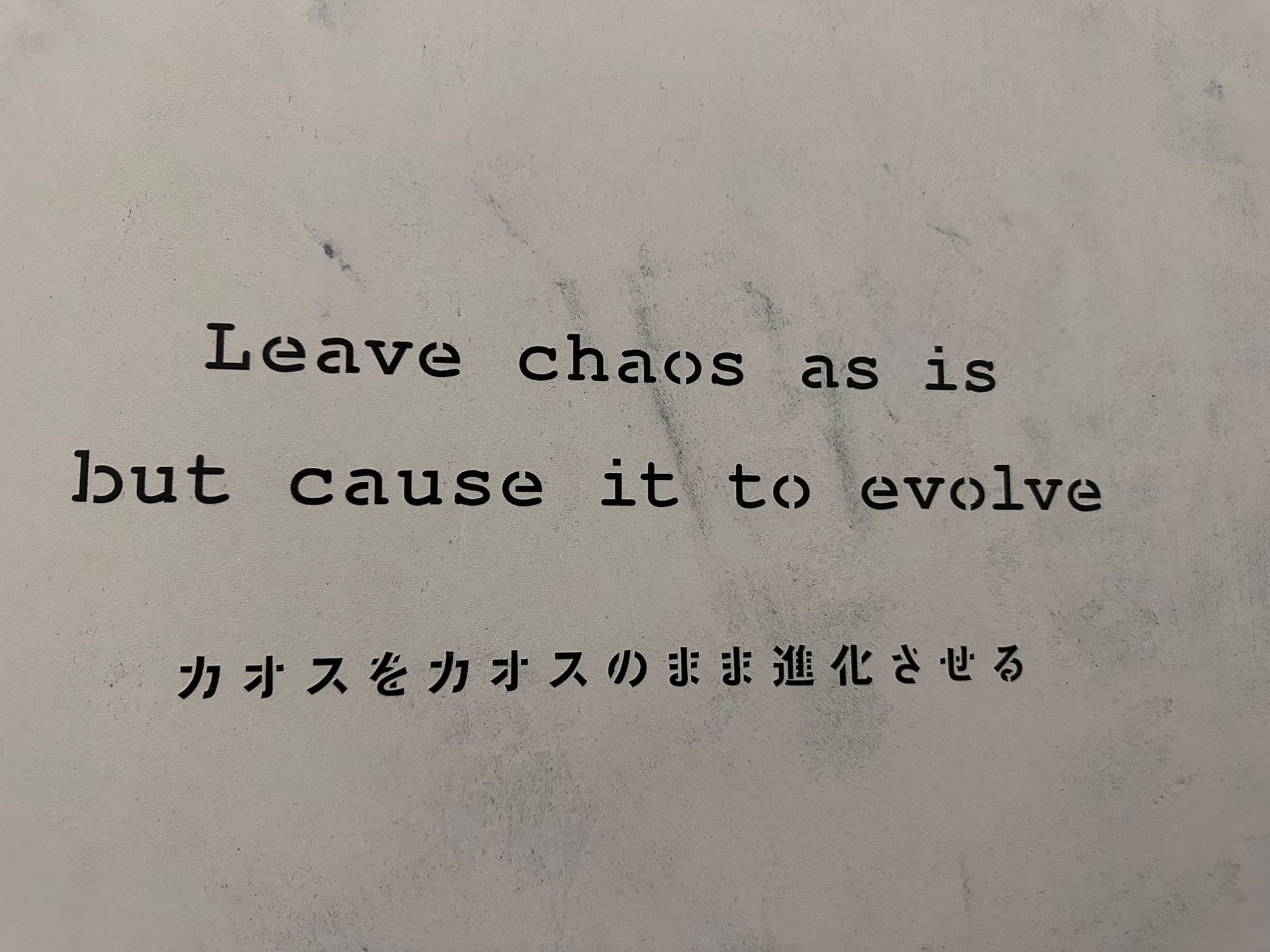
Subscribe to receive the latest posts in your inbox.


